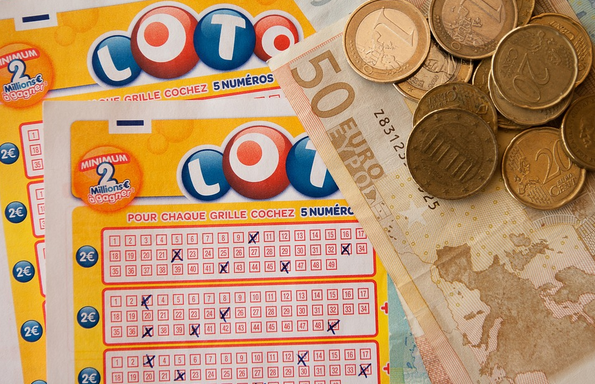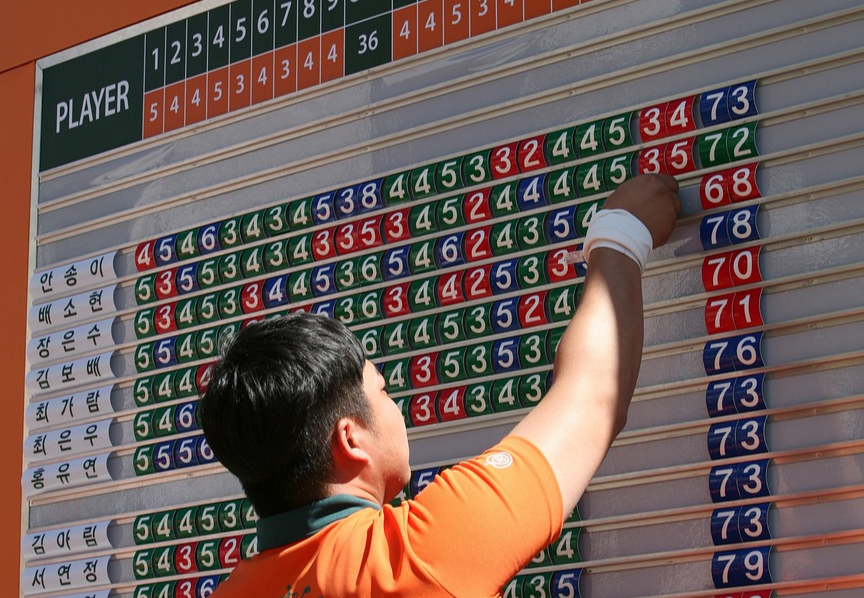Understanding Bookmaker Odds: How to Decode and Compare Betting Lines

Entering the world of sports betting is an exhilarating adventure, but the journey can be daunting when faced with the seemingly mysterious language of odds. To make informed decisions and place smart bets, it is essential to understand how bookmakers set their odds and what they mean. The Paris site outside Arjel has all the best bookies if you are looking for a reputable and trustworthy site to start your betting journey. This guide is here to demystify the bookmaker odds world, offering insights into how to decode and compare betting lines with confidence. So, let’s dive into the fascinating realm of odds and equip you with the knowledge to make informed betting decisions.
What Are Bookmaker Odds?
Bookmaker odds, also known as betting lines, are numerical representations of the probability of a certain outcome in a sporting event. They indicate the likelihood of an event occurring and determine how much money you will win or lose on a bet. Bookmakers set these odds and reflect both the expected result and the amount of action placed on each side of a bet.
Different Types of Odds
Bookmakers use three main types of odds: American, Decimal, and Fractional. Each type has its unique way of displaying a bet’s probability and potential payout.
American Odds
Also known as moneyline odds, American odds are typically used in the United States. These odds can be positive or negative and represent how much money you need to bet to win $100 (negative) or the amount you will win on a $100 bet (positive). For example, if the odds are -150, you must bet $150 to win $100. If the odds are +200, you would win $200 on a $100 bet.

Decimal Odds
Mainly used in Europe, Australia, and Canada, decimal odds represent a bettor’s total payout on a winning wager. These odds include the original stake in addition to the profit. For example, if the odds are 2.50, you would receive $2.50 for every $1 bet, including your initial stake.
Fractional Odds
Fractional odds are popular in the UK and Ireland, and they show the potential profit on a bet compared to the original stake. These odds are displayed as a fraction, with the first number representing the profit and the second number being the stake. For example, if the odds are 5/1, you would win $5 for every $1 bet.
Comparing Odds: Finding the Best Value
With multiple bookmakers offering odds on the same event, it’s important to compare and find the best value for your bet. This involves looking at odds from different bookmakers and finding discrepancies between them. For example, if one bookmaker has a team listed at +200 and another has them at +220, it may be more beneficial to place your bet with the second bookmaker for a higher potential payout. Furthermore, understanding the odds can also help you determine the implied probability of an event occurring. By converting odds into percentages, you can see if one bookmaker is offering better value compared to others. This allows you to make more informed decisions when placing your bets.
Armed with a deeper understanding of bookmaker odds, you’re now equipped to navigate the diverse landscape of sports betting with confidence. Whether you prefer decimal, fractional, or moneyline odds, the principles remain the same. By decoding and comparing betting lines, you can make informed decisions, find the best value, and enhance your overall betting experience. So, as you embark on your betting journey, may the odds be ever in your favor.…











